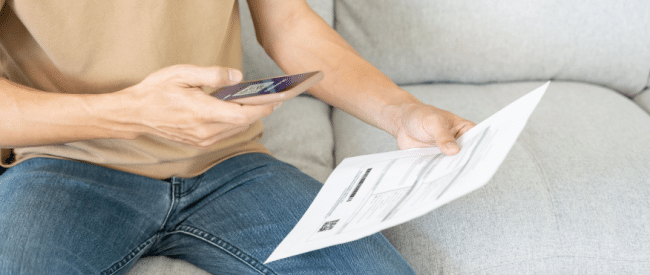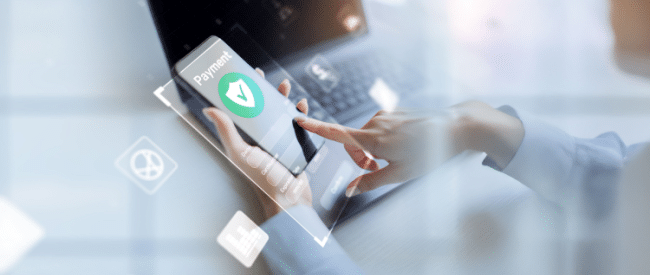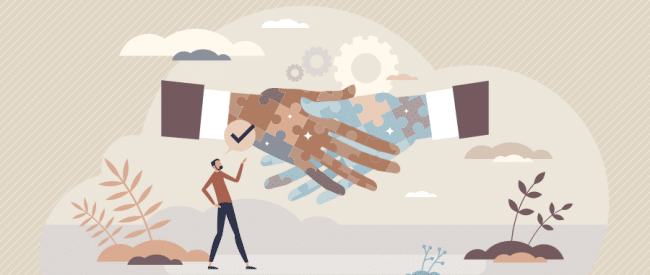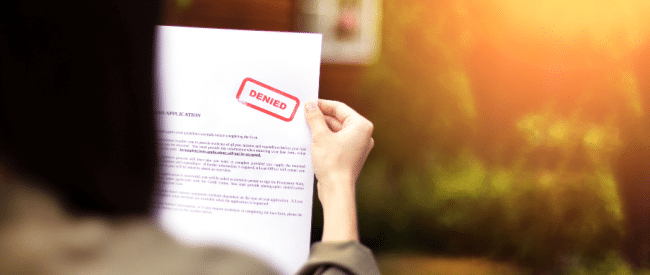As quick as lightning – that’s what customers expect of their experiences across all touchpoints with businesses, especially when managing their accounts. Enter QR code technology, short for quick-response, that can revolutionize how businesses deliver customer bills and critical communications and connect traditional billing methods with the digital world.
The QR code is a two-dimensional square-shaped barcode often seen on advertisements or packaging. Whether using a generic QR code for all customers or personalized ones to drive specific actions, organizations can transform customer interactions into dynamic experiences.
QR code uses for billing and payments
QR codes scanned by smartphones joined the mainstream during the COVID-19 pandemic when restaurants and bars used them in place of physical menus. Now this tool is taking hold among businesses eager to streamline consumer financial transactions.
Boost convenience and payments: Including a single QR code on all invoices enables customers to scan it and then link to a specific URL that is a secure payment portal, such as an EBPP solution. Customers can then view their billing statements and complete a payment in seconds. The seamless, one-click solution can lead to faster payments due to the ease and speed of the process compared to traditional payment methods.
Reduce errors and streamline processes: Manual data entry during invoice payments is inconvenient and prone to errors. QR codes eliminate this risk. By linking directly to relevant billing information within a payment portal, QR codes ensure accuracy and reduce the chance of late or missed payments due to typos.
Enhance transparency: QR codes linking to payment portals allow companies to provide a better experience with a more comprehensive online breakdown of charges, transaction history, detailed FAQs and even usage data (think utility statements). Customers have a better understanding of their bill, fostering greater understanding and trust and encouraging payment.
Personalized engagement: QR codes can be customized, allowing businesses to tailor the experience based on the customer. For example, a QR code on a past-due notice could link to a web page with payment plan options. A QR code on a renewal statement could link to upgrade offers. This personalization enhances customer engagement and satisfaction.
Improved CX: QR codes offer consumers a convenient and hassle-free payment option. Since most smartphones come with built-in QR scanners, customers don’t need to download additional apps to make payments.
QR Codes beyond billing
In most cases, QR codes on invoices serve as a general and efficient way for any customer to access their specific invoice details and make a payment quickly. The power of QR codes extends beyond billing statements, however.
Use them in critical communications to:
- Share updates and announcements. Embed a QR code on a service disruption notification that directs customers to a real-time update page.
- Direct customers to support channels. A QR code on a financial support flyer can instantly connect customers to a live chat or chatbot for immediate assistance.
- Increase engagement with marketing materials. QR codes on flyers or brochures can lead customers to exclusive content, contests, or loyalty programs, driving engagement and brand awareness.
- Provide easy access to resources. By scanning a URL-encoded QR code, customers can connect to relevant documents online, such as a support manual or specific service clause, saving them time and frustration.
- Interactive communications. QR codes can bridge the gap between static documents and interactive experiences. Imagine a code that opens a video tutorial explaining a service enhancement or a virtual tour of a new resort property.
Overall trends
The growth of QR codes and cashless payments paints a clear picture of opportunities for businesses. Statista estimates that 98 million people in the U.S. will scan a QR code using their mobile devices this year, up 37% compared to 2020. Clearly, consumers are increasingly comfortable using this technology.
This trend parallels the surge in online payments. Almost one-third, 31%, reported using cash less often than 12 months ago, and 71% said they were neutral or had no worries about moving to a cashless society, according to Marqeta’s 2024 State of Payments Report.
The data on widespread QR code adoption, mobile payment preferences, and the potential for faster and more streamlined customer experiences means incorporating QR codes in billing and invoicing can be a valuable strategy for businesses. Even for companies with primarily print-based customer communications, incorporating QR codes can provide a digital experience that consumers expect, unlocking convenience, efficiency and engagement.
Contact us to learn more about leveraging QR codes in billing and customer communications.







